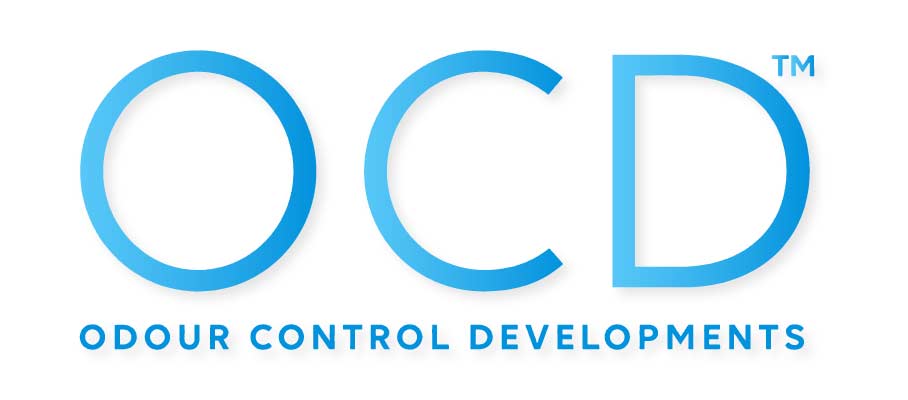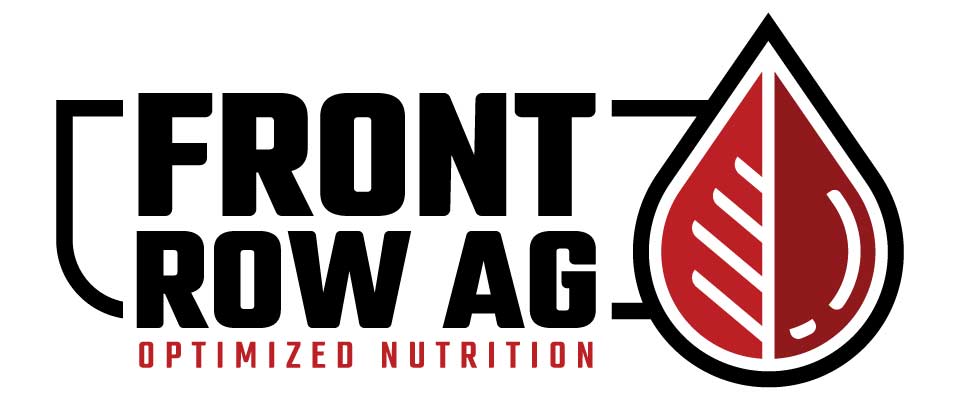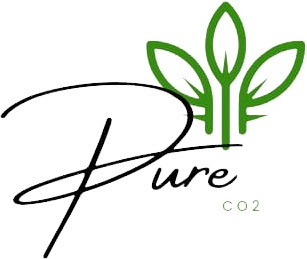Keep It Flowing: Preventing Clogs
Clogs in irrigation systems are common, affecting lines, emitters, and drains. They can result from physical particles, chemical residues, or biological growth, reducing system efficiency and crop health. Clogs disrupt water and nutrient flow, leading to nutrient deficiencies and drought stress. This lowers crop quality and yield, increases pest and pathogen risks, and shortens the irrigation system's lifespan.
Types of Clogs:
Biological Clogs: Caused by microorganisms like fungi, algae, and bacteria forming biofilm. Biofilm sticks to surfaces, attracts particles, and reduces oxygen in the water. Two-thirds of waterborne pathogens come from biofilm.
Physical Clogs: Result from particles, sediment, and debris in irrigation water, often due to poor-quality water or bad filtration. Even good water can cause clogs if minerals or rust build-up.
Chemical Clogs: Form from chemical residues in the water, affected by pressure, temperature, pH, and ion concentration. Fertilizers can also cause clogs if they react with other substances in the water.
Preventing and Controlling Clogs:
Filters and Screens: Use high-quality filters to remove debris.
Water Pressure: Maintain optimal pressure with a gauge.
Fertilizer Compatibility: Ensure fertilizers are compatible to prevent clogs.
System Flushing: Regularly flush the system with clean and chlorinated water if needed.
Cleaners: Use products like Drip Clean, System Clean, and Pythoff Plus to help maintain clog-free.
Acidification: Acidify the system to dissolve chemical residues if needed.
Plant Matter Removal: Regularly remove dead plant matter to reduce organic build-up.
Water Quality Testing: Identify and address contaminants promptly.
Optimal pH and EC Levels: Maintain stable pH and electrical conductivity to prevent mineral build-up.
By taking these steps, growers can prevent clogs and keep their irrigation systems running smoothly.
For a more in-depth look at clogs, check out the Emerald Harvest blog: Clogs in Your Grow Room.































































































